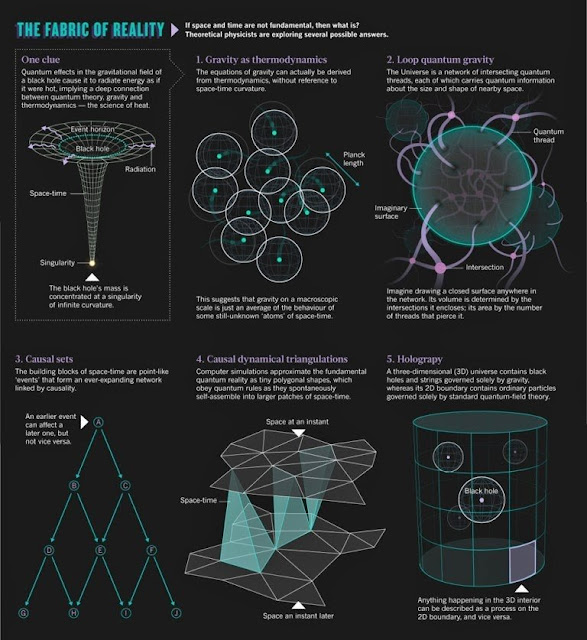4th Part Of BIG BANG Timeline
Structure formation
Over a long period of time, the slightly denser regions of the nearly uniformly distributed matter gravitationally attracted nearby matter and thus grew even denser, forming gas clouds, stars, galaxies, and the other astronomical structures observable today.The details of this process depend on the amount and type of matter in the universe. The four possible types of matter are known as cold dark matter, warm dark matter, hot dark matter, and baryonic matter. The best measurements available, from Wilkinson Microwave Anisotropy Probe (WMAP), show that the data is well-fit by a Lambda-CDM model in which dark matter is assumed to be cold (warm dark matter is ruled out by early reionization),and is estimated to make up about 23% of the matter/energy of the universe, while baryonic matter makes up about 4.6%.[34] In an "extended model" which includes hot dark matter in the form of neutrinos, then if the "physical baryon density" {\displaystyle \Omega _{\text{b}}h^{2}}






Comments
Post a Comment